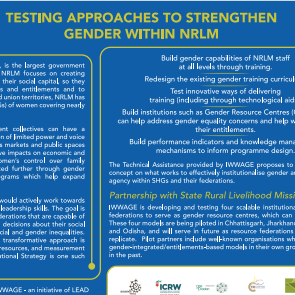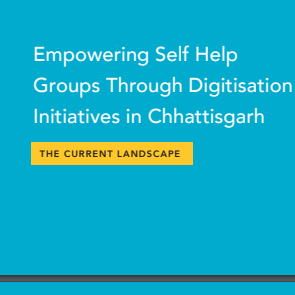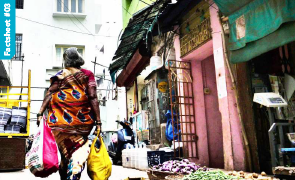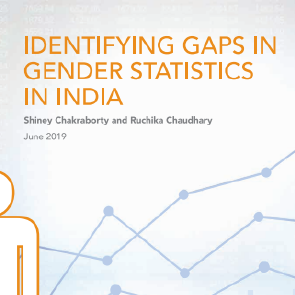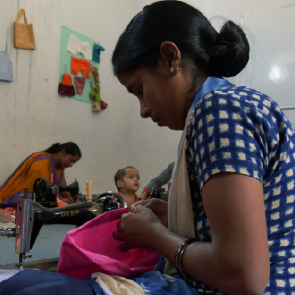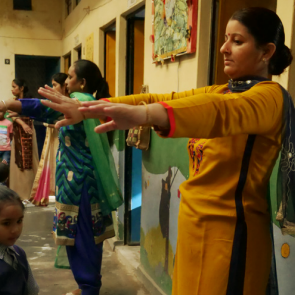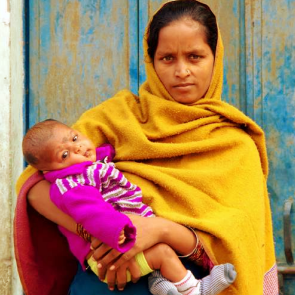Testing Approaches to Strengthen Gender within NRLM
With over 60 million women mobilised to be part of one of India’s largest livelihoods programme, the Deendayal Antayodaya Yojana-National Rural Livelihoods Mission (DAY-NRLM), holds great promise for advancing women’s socio-economic empowerment by organising them into self-help groups (SHGs) and institutions of the rural poor. These platforms are facilitating financial opportunities and livelihood support services for women. The livelihoods programme works exclusively with rural women, and a critical element for its success has been the mission’s commitment towards prioritising women’s perspectives and being responsive to their needs and aspirations. This approach has been embedded across all DAY-NRLM activities with the goal of strengthening women’s agency, identity, well-being, and solidarity, through women’s collectivisation. NRLM believes that gender sensitisation and social action should be mainstreamed in its framework, systems, institutions and processes. To this end, it devised a Gender Operational Strategy in financial year 2019-20 committing actions that recognise women’s heterogeneity and the unique socio-economic barriers faced by them. Through Swayam, IWWAGE is partnering with DAY-NRLM to provide technical assistance to support this strategy and institutionalise gender across all levels of the Mission. The note gives a snapshot on the approaches to strengthen gender interventions by NRLM.


